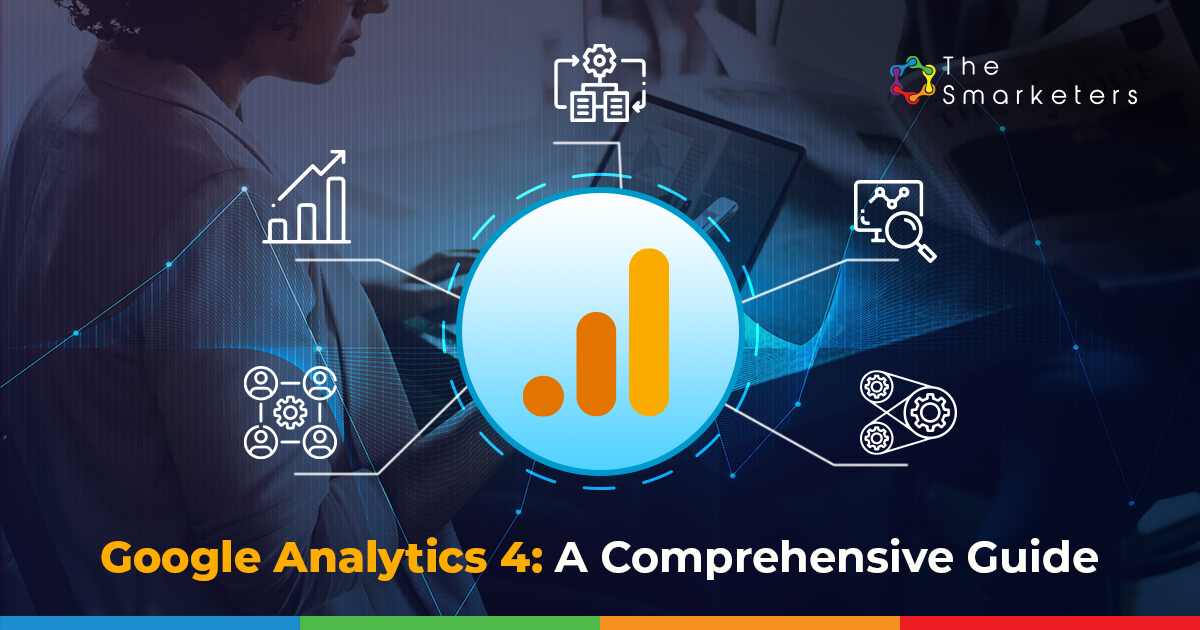Enhance Your Coverage Accuracy Using Google Analytics Capacities: A Comprehensive Overview
Understanding Google Analytics Dimensions

Google Analytics offers default measurements, such as "web page views" and "session duration," however users can likewise develop customized measurements to track specific data factors pertinent to their company objectives. In conclusion, grasping Google Analytics measurements is crucial for opening important insights that can educate tactical decision-making and boost general performance.
Significance of Information Precision
Relocating beyond simply comprehending Google Analytics dimensions, it becomes obvious that guaranteeing information precision is critical in acquiring meaningful understandings and making informed business choices. Information precision forms the foundation whereupon all subsequent analyses and decisions count. Imprecise information can cause problematic conclusions, misguided strategies, and wasted sources. By making certain the precision of your data, you can confidently trust the insights originated from Google Analytics measurements, allowing you to make educated decisions that drive company growth.
Information accuracy likewise fosters trust fund among stakeholders. When records are based on precise and trusted information, decision-makers are much more most likely to have confidence in the understandings provided to them. This trust is essential for building solid relationships with coworkers, companions, and customers, as it demonstrates a commitment to openness and stability in your reporting practices.
Advanced Measurement Customization
Enhancing the depth of information evaluation within Google Analytics involves delving right into the world of Advanced Measurement Customization. This feature allows individuals to produce personalized measurements to more segment and analyze data beyond the default dimensions offered by Google Analytics. what is a “dimension” in google analytics?. By specifying certain criteria that pertain to your service objectives, you can obtain much deeper understandings right into customer actions, project efficiency, and various other key metrics
Advanced Dimension Personalization encourages users to tailor their analytics reports to concentrate on the most important aspects of their website or application efficiency. Whether it's tracking communications with certain aspects, monitoring the behavior of this hyperlink various customer sectors, or examining the effect of custom-made events, customized dimensions provide a effective and versatile tool for improving data analysis capabilities.
Executing Dimension Filters
Building upon the capability to personalize dimensions for sophisticated information analysis, the next action in maximizing your Google Analytics understandings entails the implementation of dimension filters. Measurement filters permit you to improve your information by consisting of or omitting particular values, giving an extra concentrated sight of your site or app performance. By using dimension filters, you can sector your information to analyze the actions of details customer groups, track the efficiency of specific web pages or sections, or exclude inner web traffic from your records, making certain that your insights are based on pertinent data.
To apply dimension filters in Google Analytics, browse to the Admin area, pick the Sight where you intend to apply the filter, and click on Filters under the Sight column. From there, you can develop a new filter, specify the measurement you intend to filter, established the filtering system conditions, and apply the filter to your data. By effectively utilizing dimension filters, you can enhance the accuracy and relevance of your reporting, causing even more educated decision-making and improved general performance.
Dimension Analysis Techniques
When diving into the world of measurement analysis in Google Analytics, recognizing numerous methods is vital for extracting useful understandings. One crucial technique is segmenting dimensions to isolate specific parts of data for thorough analysis. By producing segments based upon dimensions like website traffic resources or user demographics, analysts can uncover patterns and patterns that may not appear when looking at the information as a whole.
Another crucial method is utilizing customized dimensions to track added details about users or interactions on a site. Custom-made measurements permit an extra granular evaluation of learn this here now data, offering much deeper understandings into individual habits and choices. By setting up customized measurements for details events or individual qualities, analysts can customize their reports to respond to certain service concerns.
Additionally, the technique of incorporating dimensions can use a much more comprehensive sight of customer habits. By cross-referencing measurements like traffic resources with customer places or tools, analysts can get a better understanding of exactly how various factors affect customer communications on a site. Generally, mastering these measurement analysis methods can dramatically boost the accuracy and depth of reporting in Google Analytics.
Conclusion
To conclude, grasping Google Analytics measurements is vital Read More Here for improving reporting precision and gaining important understandings right into user behavior. By using both default and custom dimensions, companies can tailor their analytics to reflect specific goals and metrics. Executing measurement filters enables polished evaluation, concentrating on pertinent data and excluding sound. Advanced division and cross-referencing methods deepen understanding, enabling educated decision-making and approach growth based on accurate, dependable details. This detailed approach makes certain information honesty and enhances general reporting practices.
Dimensions in Google Analytics are the characteristics of your information, such as the source of traffic, the tool used, or the geographical area of the user.Google Analytics provides default measurements, such as "page sights" and "session duration," however customers can likewise create personalized measurements to track certain data points appropriate to their company goals.Relocating beyond simply recognizing Google Analytics dimensions, it comes to be evident that making sure data accuracy is paramount in deriving meaningful insights and making enlightened organization choices.Structure upon the capability to personalize dimensions for advanced data evaluation, the following action in enhancing your Google Analytics understandings entails the execution of measurement filters. By using measurement filters, you can section your information to examine the actions of certain individual groups, track the performance of particular pages or sections, or exclude internal traffic from your reports, making certain that your insights are based on appropriate information.